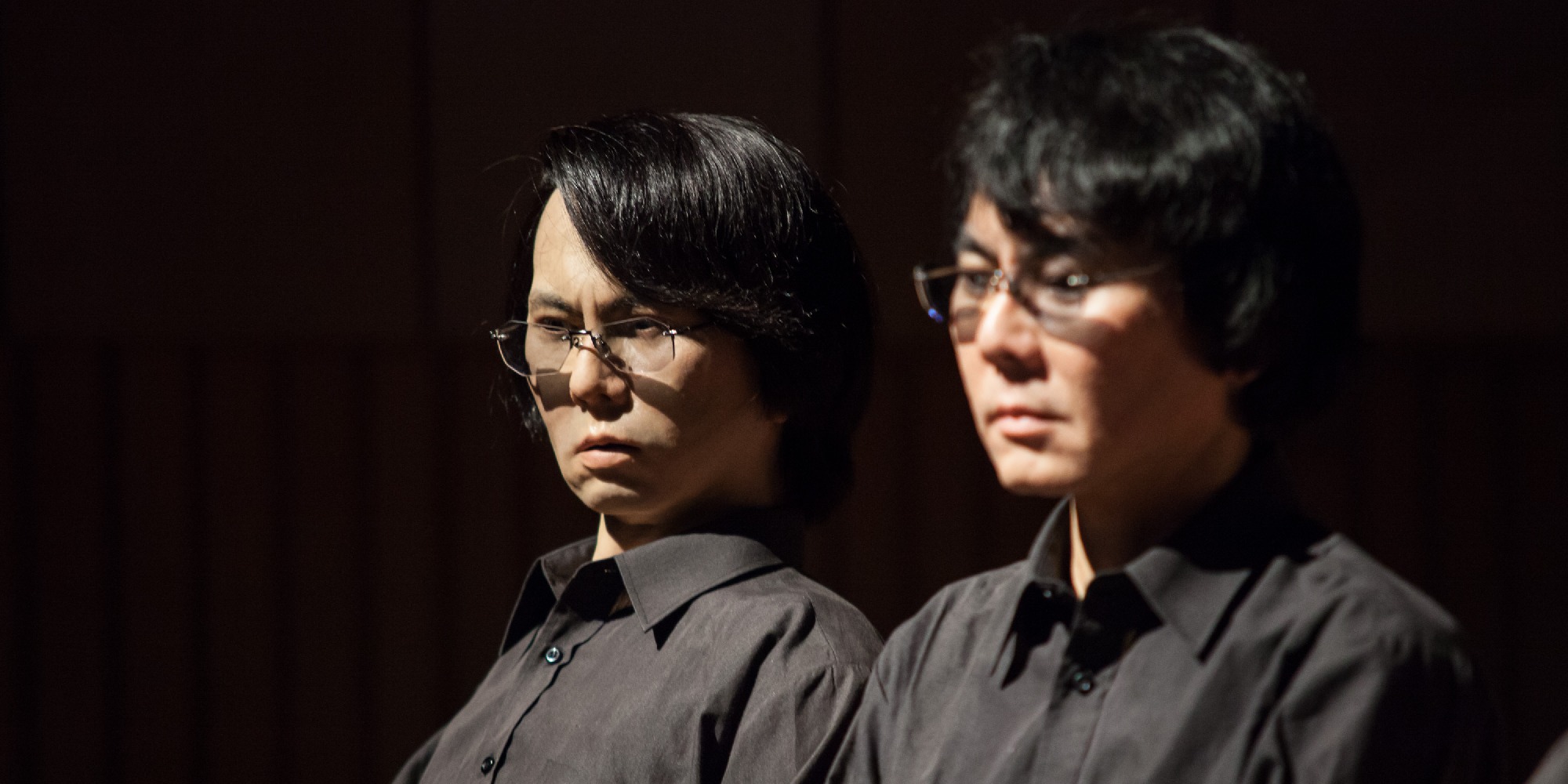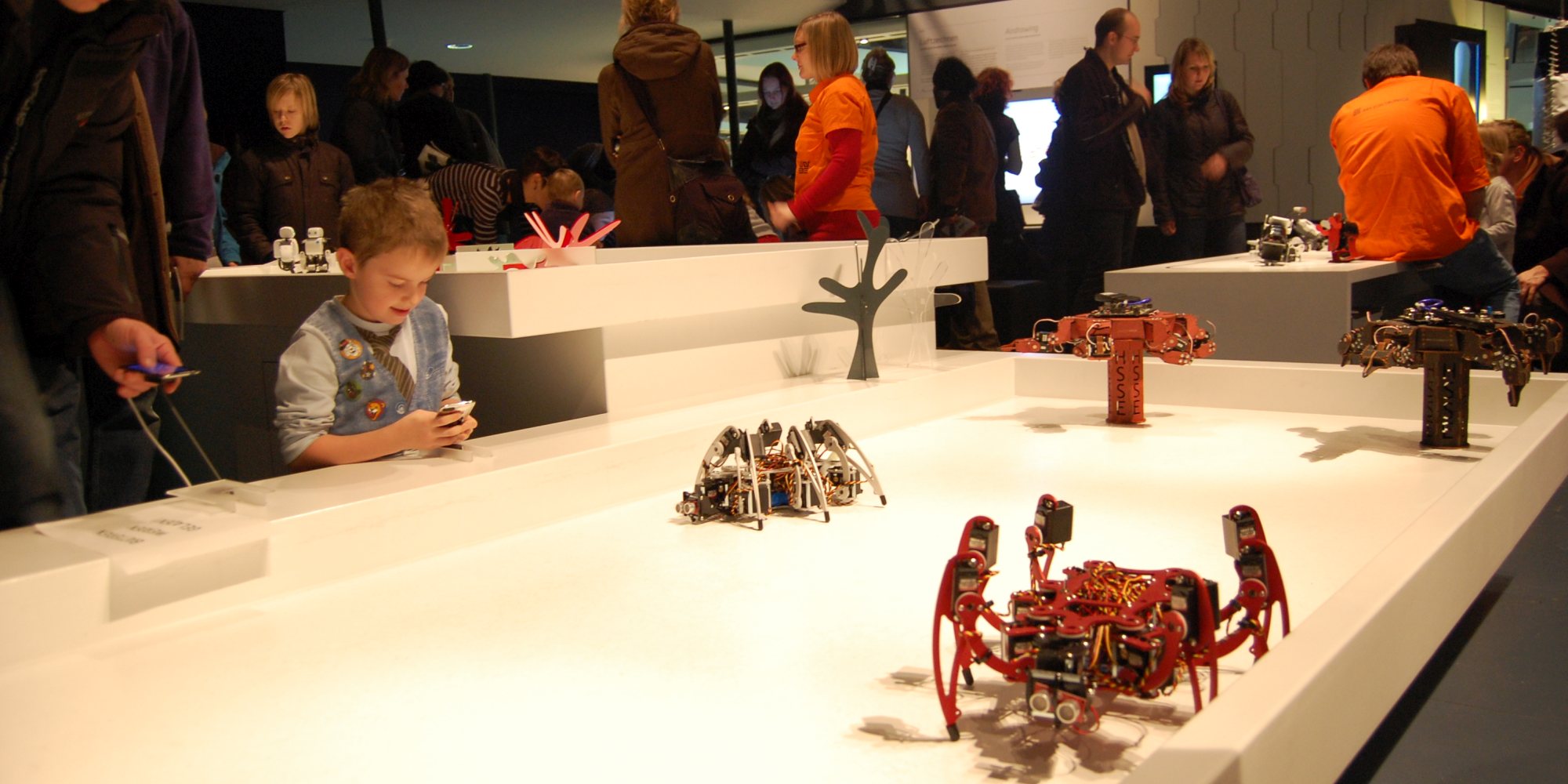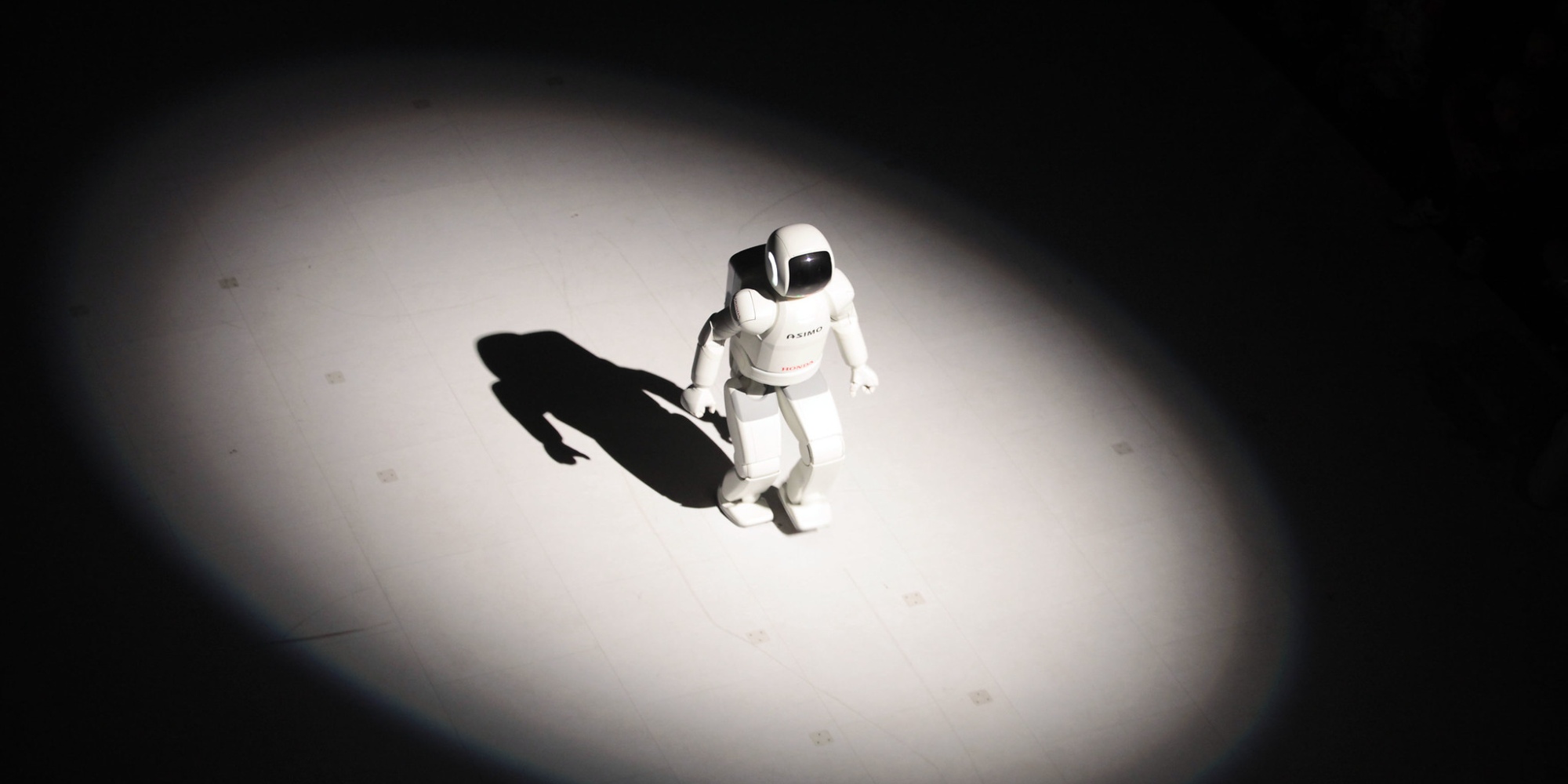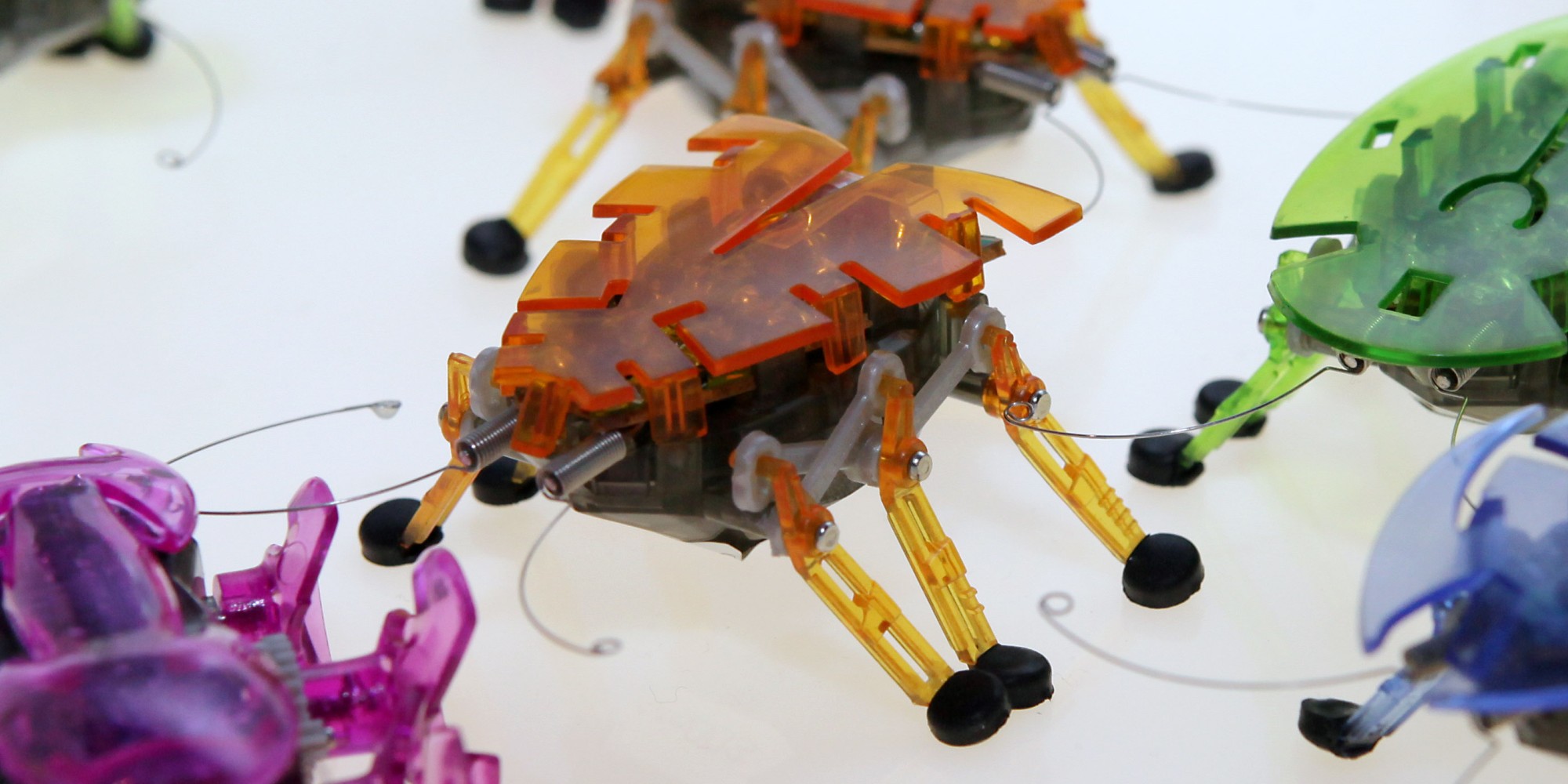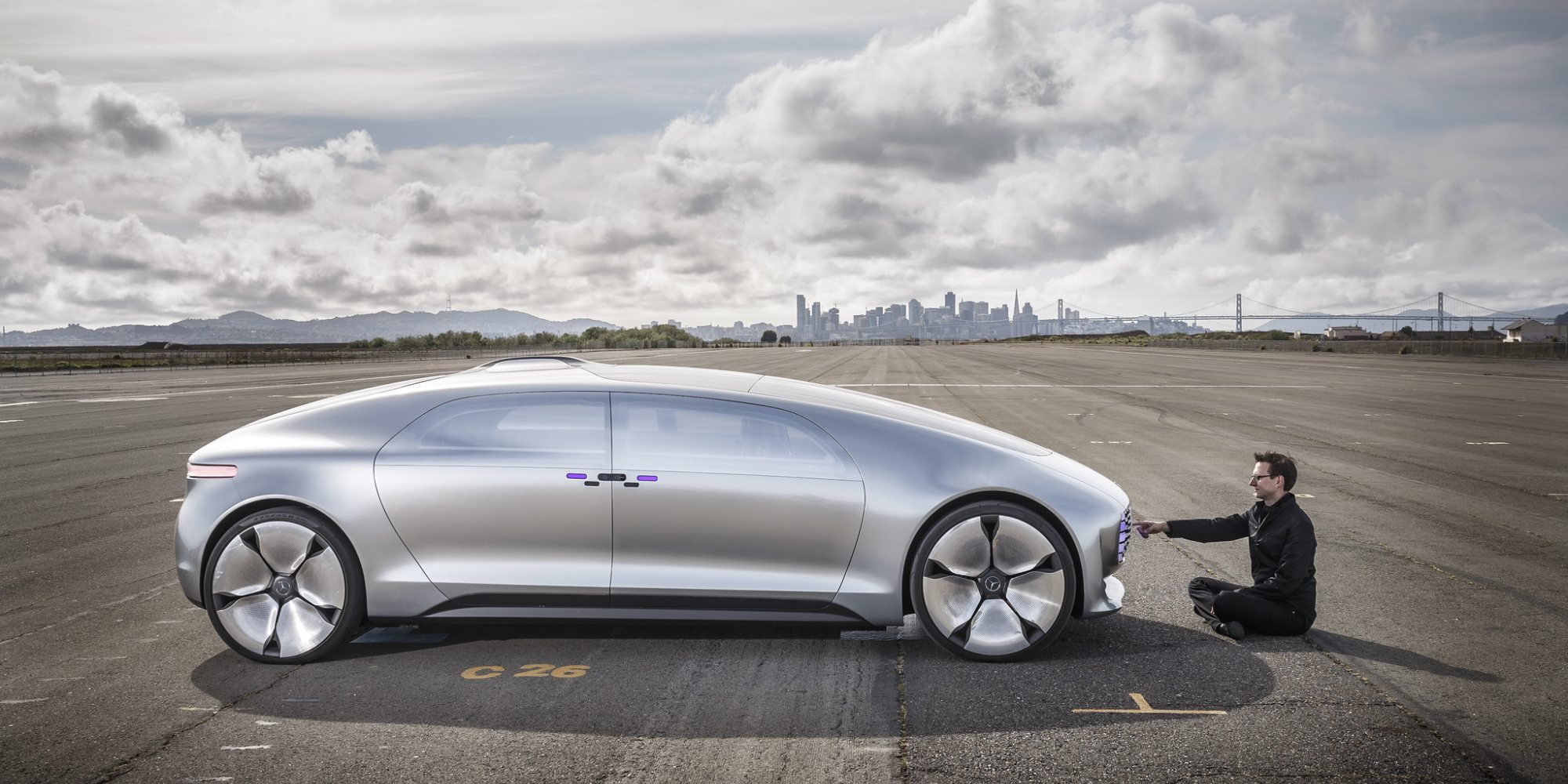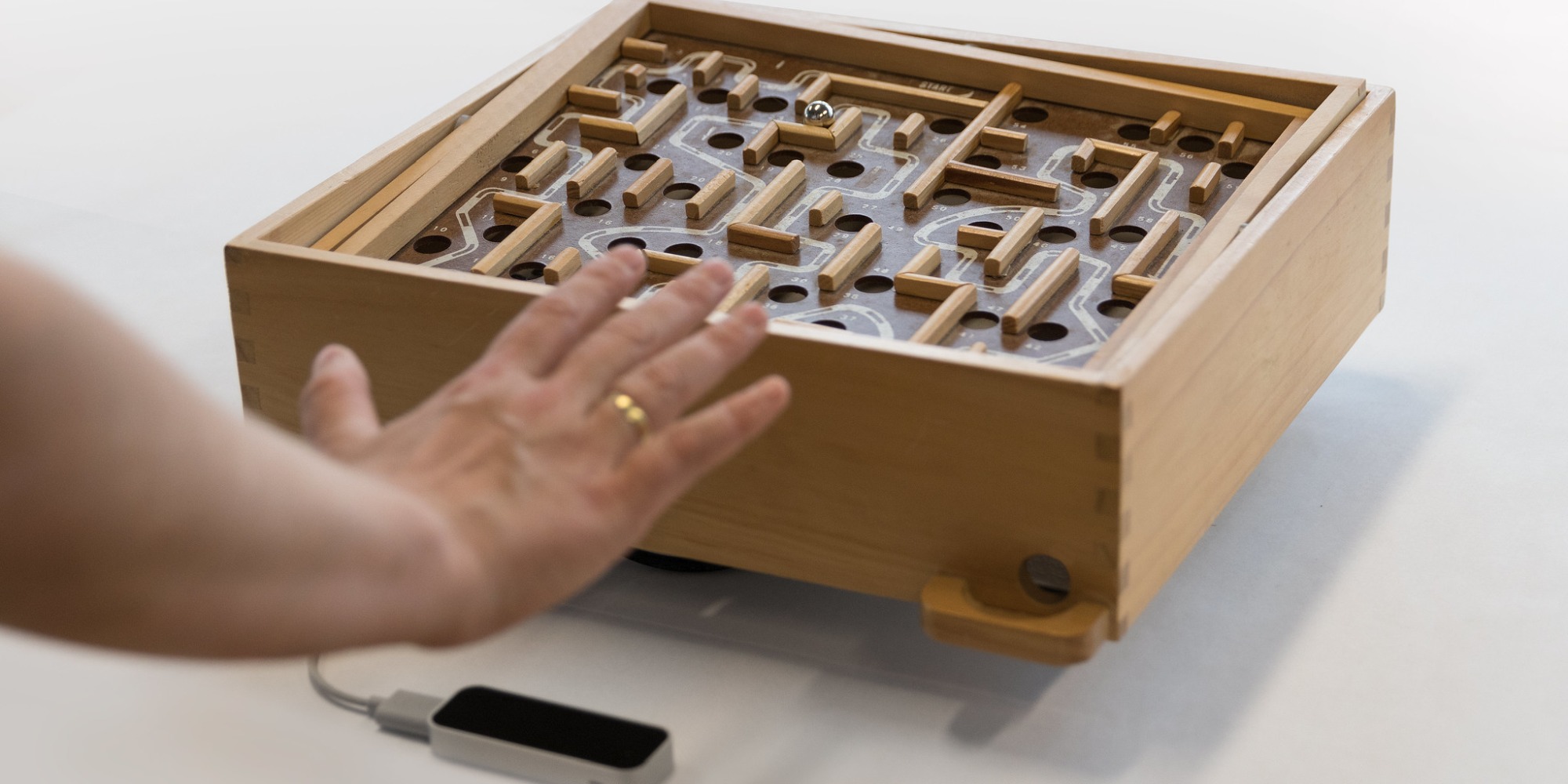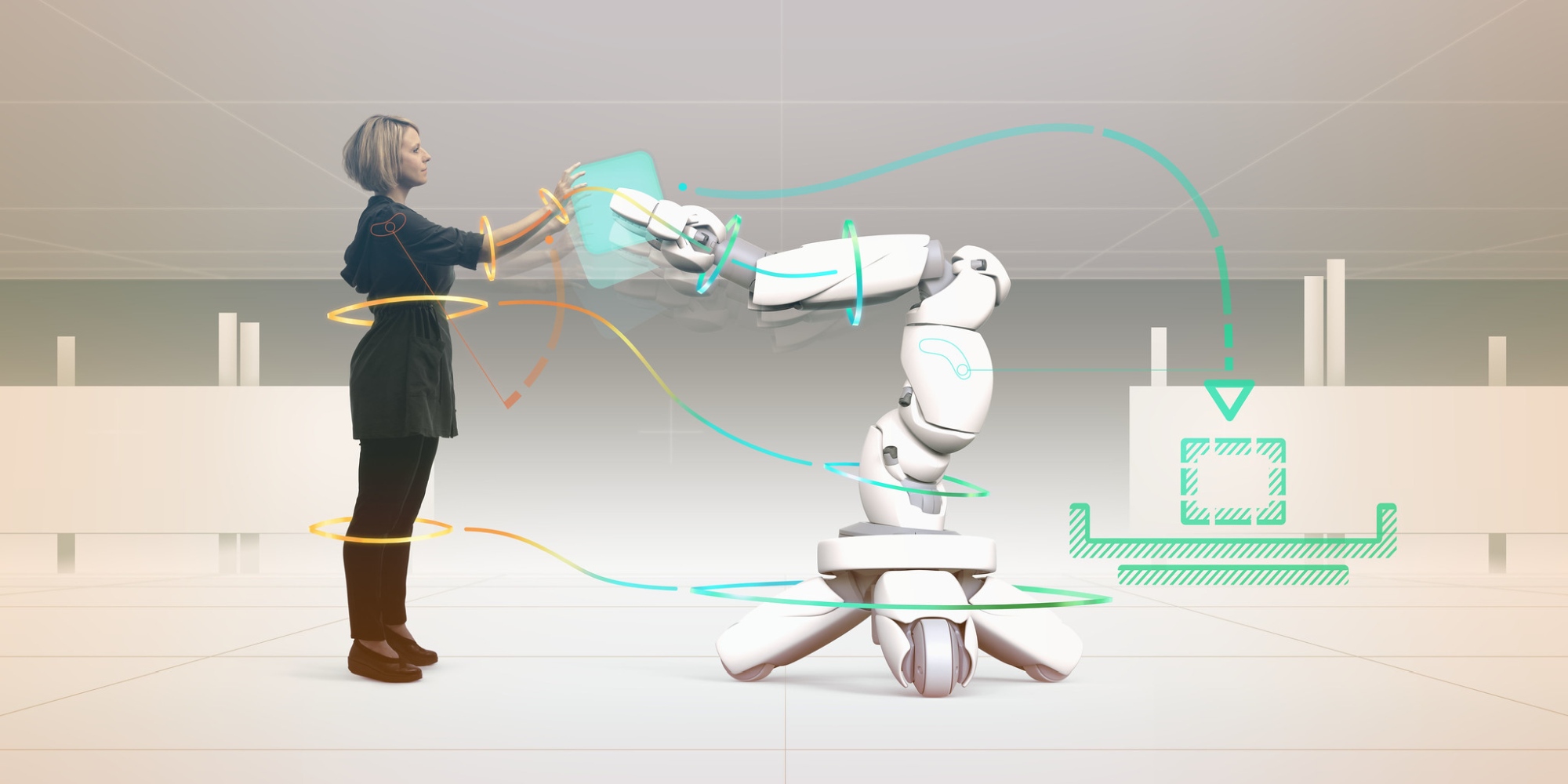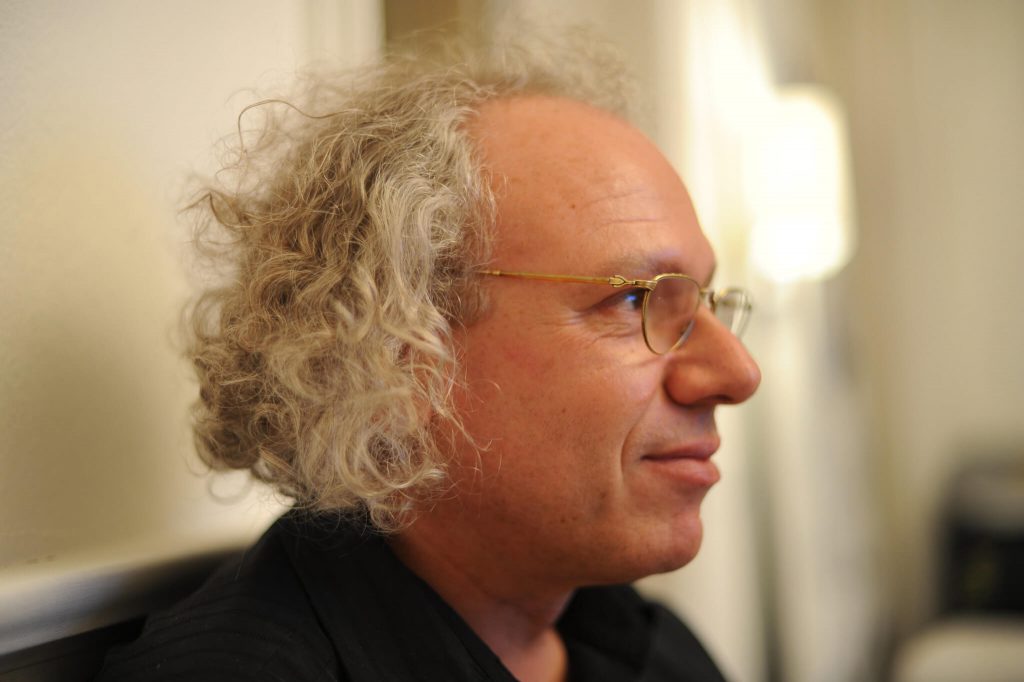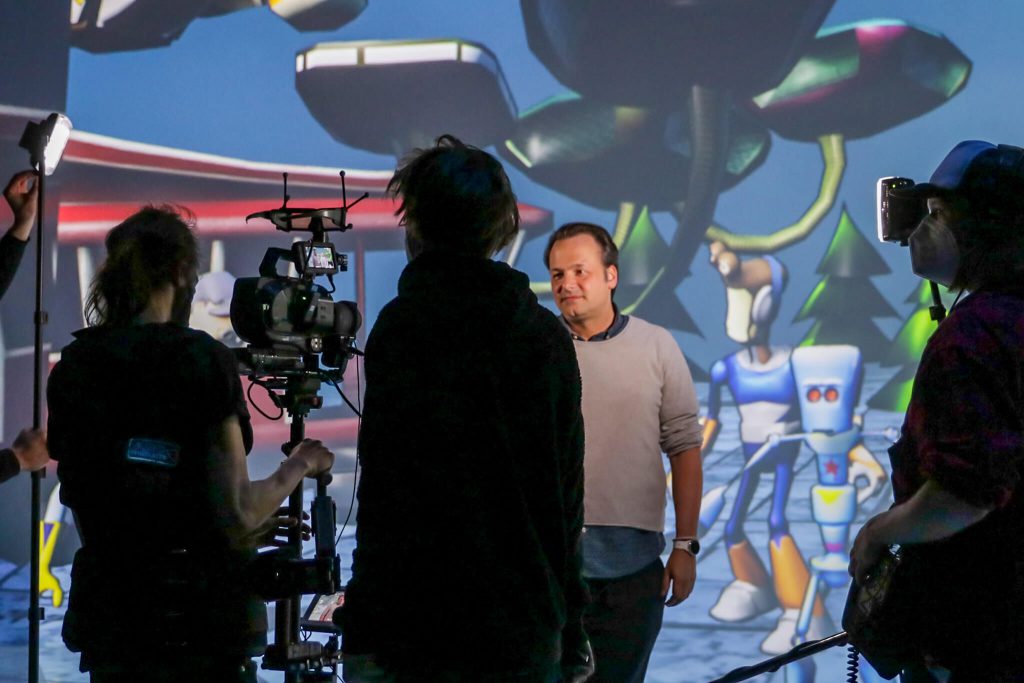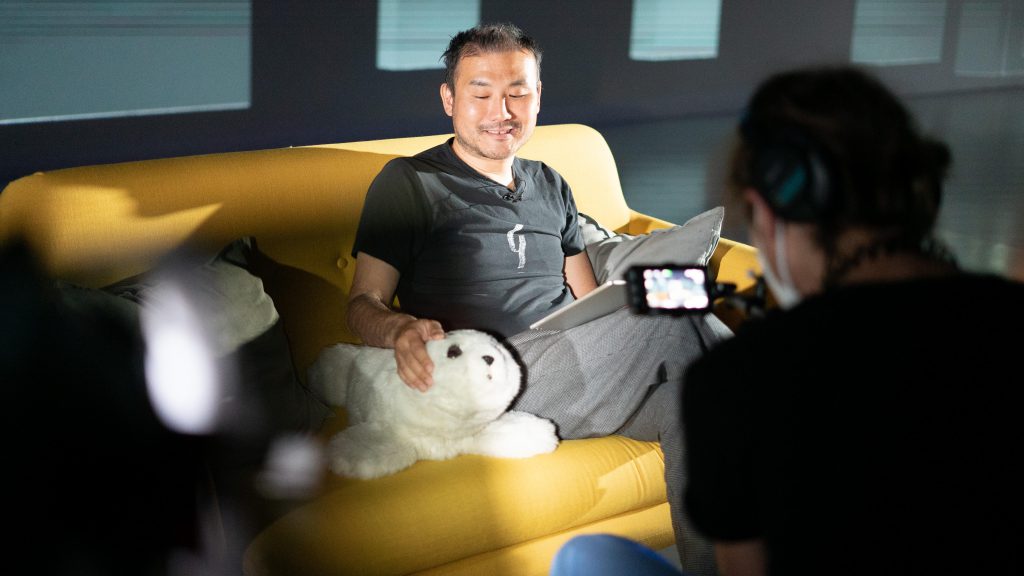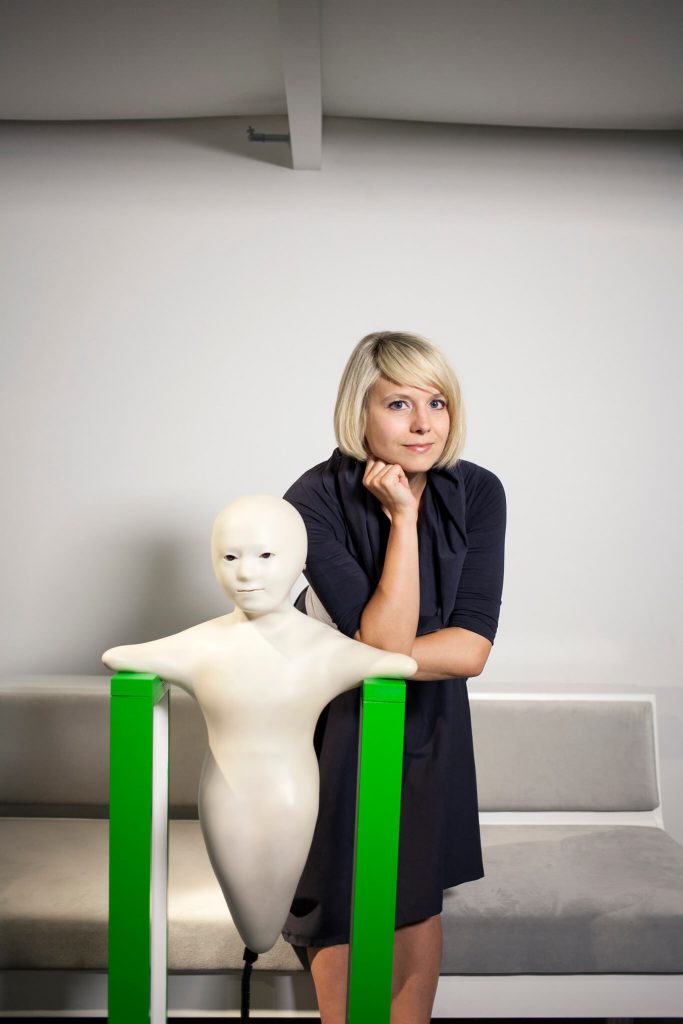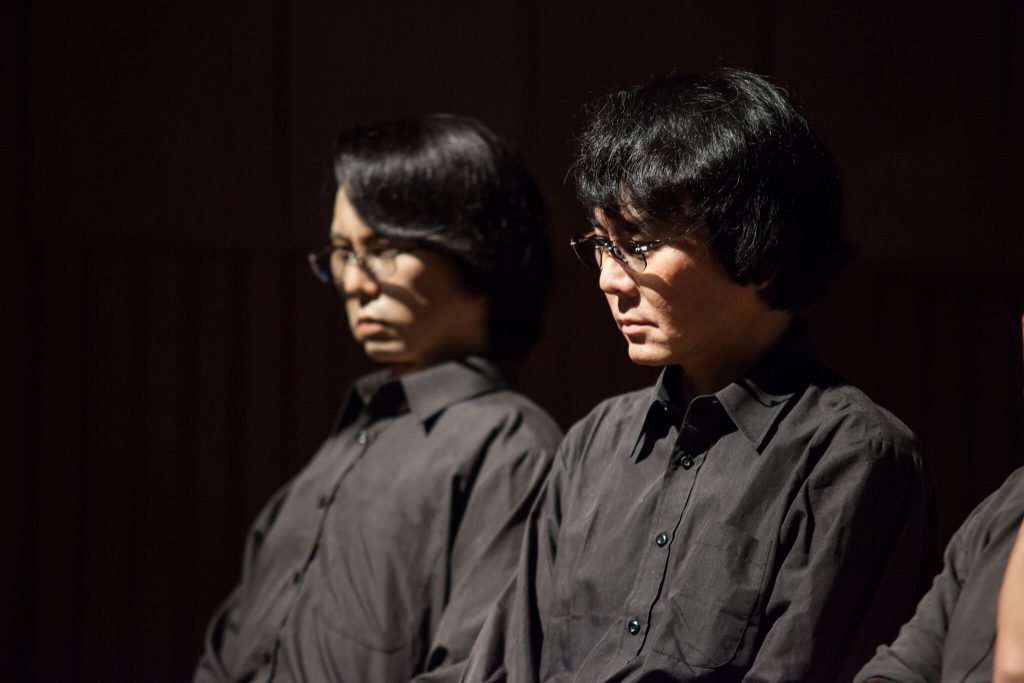Geminoid Research Collaboration
A geminoid is a robot created as a clone of an actual human being. The human-mechanical duo is linked together by network & sensor technology, so the geminoid not only resembles its human model, but behaves like him too. In a collaborative experiment during 2009 Ars Electronica Festival, the android and its creator Hiroshi Ishiguro were announced as a special attraction in the overall context of the arts festival. The android was installed in the exhibition space of the Ars Electronica Center as well as a “guest” in the Café Cubus and was tele-operated from a distant location to research the reactions of the visitors and cafe guests.
read more